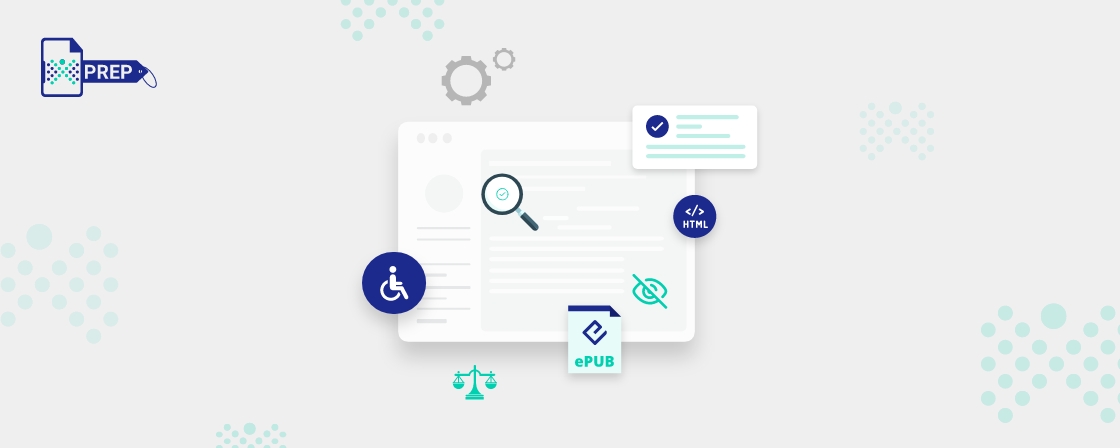Key takeaways
- Accessibility testing is necessary to ensure your website is accessible to everyone.
- There are two types of accessibility testing: automated accessibility testing and manual accessibility testing.
- Automated accessibility testing scans your website and mobile applications for different accessibility issues and provides immediate results. It is faster and cheaper than manual testing.
- Manual accessibility testing is where accessibility specialists test a website’s or mobile app’s functionality. Its solutions are customized to the issues and focused on user experience.
- The best way to thoroughly test the accessibility of your website is to use both manual and automated accessibility testing methods.
Digital Accessibility Testing: Automated vs. Manual
What is Automated Accessibility Testing?
These automated testing tools ensure your website complies with the Web Content Accessibility Guidelines (WCAG 2.1). It checks for elements that may make your website hard to navigate with assistive technology.
When to Use Automated Accessibility Testing
Advantages of Automated Accessibility Testing
- Easy to use: Any team member can perform an automated test to check for accessibility.
- Speed: It scans thousands of web pages simultaneously and helps pinpoint recurring accessibility issues in a shorter time.
- Cheaper: It is a cost-effective, one-time investment.
- Track your progress: It tracks your web accessibility compliances and progress over time.
Limitations of Automated Accessibility testing
Some areas cannot be assessed by an automated tool. It can only be done manually. Some cons are:
- Compatibility with Assistive technologies: It does not assess keyboard-only navigation or leading screen readers.
- Details: It cannot detect color contrast or font issues in web pages, making it difficult for users to read the content.
- False positives: Automated tests run at a 30 – 40% accuracy rate. It may show parts of your website as accessible when they are not.
- Unspecific: The solutions provided are generic and do not cater to your specific concern.
What is Manual Accessibility Testing?
Is There a Difference Between Manual and Automated Testing?
When to Use Manual Testing
Advantages of Manual Accessibility Testing
An accessibility specialist can offer insights that an automated audit cannot. Some benefits of a manual audit are:
- D-I-Y: From checking elements to reviewing readability, you can manually do everything from the automated method.
- Keyboard navigation: Manual testing ensures that most functions are operable without a mouse.
- User perspective: There are specific issues that testing tools can’t recognize, but users can, like readability, fonts, and more.
- Specific: Accessibility solutions tailored to your needs.
Limitations of Manual Accessibility Testing
A Hybrid Method Is the Best Way Forward
So, which should you choose? The best way to thoroughly understand the accessibility of your website is to use both.
Automation is a good investment, but sometimes users may still have issues with accessibility. Thus, testing should be more comprehensive than manual or automated. The hybrid approach, a combination of automated and manual accessibility testing, ensures your website/mobile application is usable for everyone, with and without disabilities.
For instance, once your website is ready for testing, running an automated testing tool can find any accessibility violations quickly. Review the test report provided and address the violations. Then, begin manual accessibility testing by real users with different disabilities. Prioritize fixing issues your users raise and repeat testing to assess the changes.
Conclusion
Integrating automation and human examination allows you to conduct regular checks to meet your accessibility goals, monitor your progress, and show your customers you care about their experience.
Are you looking for a way to solve your accessibility issues?
We offer affordable AI-powered automation solutions with unparalleled quality, accuracy, and scalability. Accessibility initiatives customized for your organization with PREP Remediation and Accessibility Solutions meet the latest ADA, Section 508, and WCAG standards.
Talk to our experts and get a free demo here.

